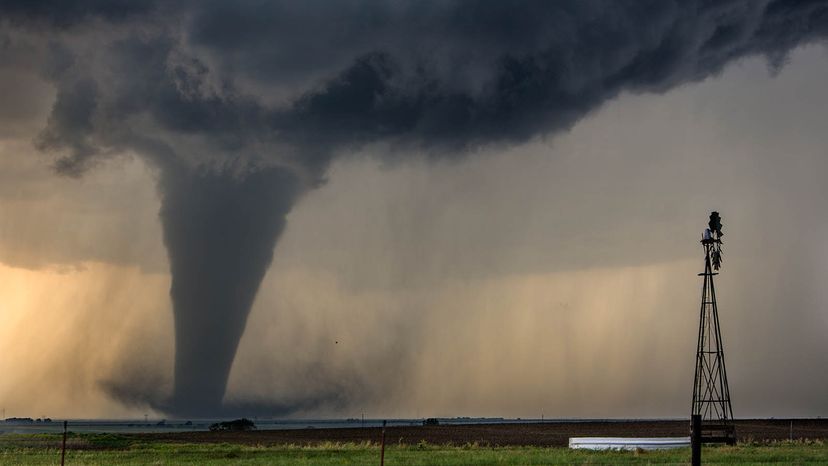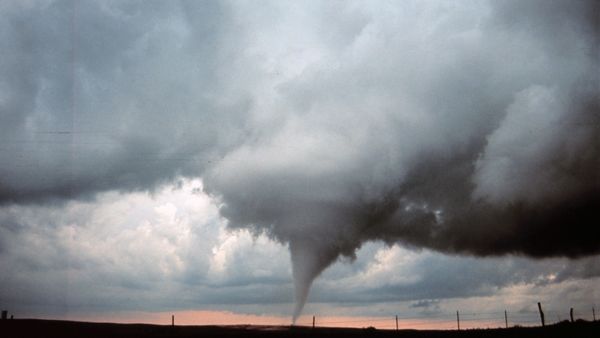A Doppler radar is one way to detect tornadoes. The National Severe Storms Laboratory developed the WSR-88D Mesoscale Detection Algorithm. Looking at radar data, forecasters gauge whether a rotation pattern could become a tornado.
"NSSL researchers discovered the Tornado Vortex Signature (TVS), a Doppler radar velocity pattern that indicates a region of intense concentrated rotation," according to NSSL. "The TVS appears on radar several kilometers above the ground before a tornado touches ground. It has smaller, tighter rotation than mesocyclone. While the existence of a TVS does not guarantee a tornado, it does strongly increase the probably of a tornado occurring."
Forecasters can also use phased array technology, which scans an area in a minute, allows them to see whether a tornado is forming faster than if they were using radar.
And then there are storm spotters. These can be emergency personnel or volunteers. Storm spotters go through training so they can then report what they see to the National Weather Service.
Signs to Watch Out For
Even without proper training, you can familiarize yourself with signs that there may be a tornado forming.
- The color of the sky: Clouds that are yellow, green or brown can signal that there will be a severe thunderstorm.
- The noises you hear: If you hear something that sounds similar to freight train or the whistling sounds of the wind, you should seek shelter.
- Flying debris: Strong winds will pick up objects, so if you see this, you should also take immediate action.



